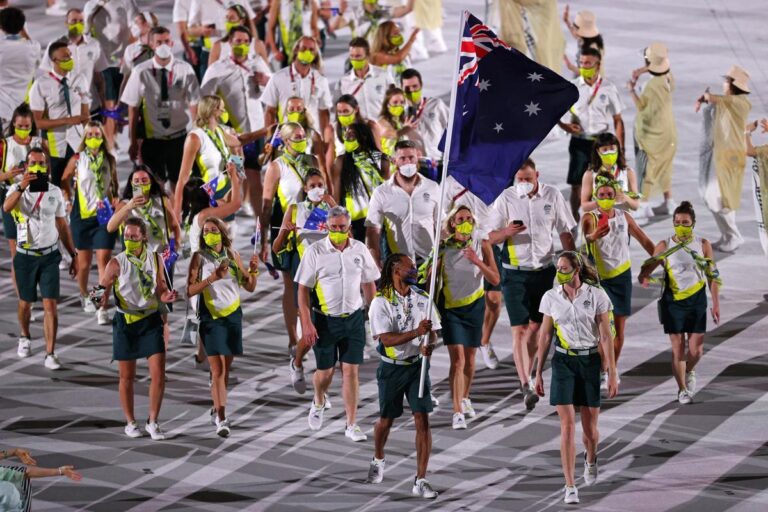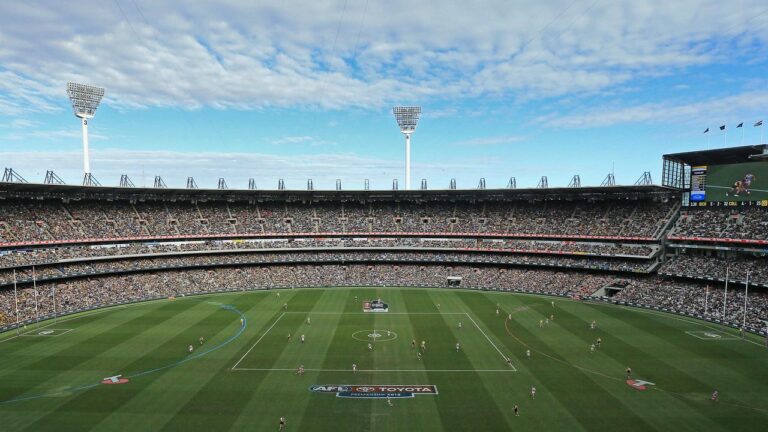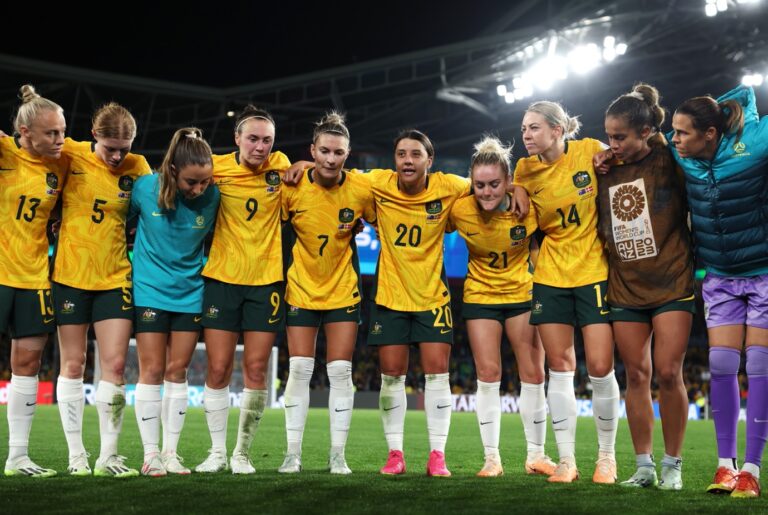The Selection Dilemma

Spare a thought for elite athletes who don’t make the cut. Whether it’s a grand final team, national representation or a slot in an elite talent academy, selection is brutal business. But it’s also great training for life. In employment and business you are often ruled in or out. We can all learn from these decisions in which character is moulded and career trajectories forged.
Selecting teams is one of the most critical decisions coaches make and the impacts of their decisions are profound. Athletes’ personal development can be deeply affected by non-selection, with confidence, motivation and resilience all being affected. Mental health is further collateral, with negative selection decisions triggering stress, anxiety and wellbeing issues in athletes. For some, non-selection can result in retirement from the sport. There are also impacts upon teammates, team culture and the broader community, including supporters and fans.
Often selection is premised upon scarcity of team places available, rather than a reflection of talent. For younger athletes and those in community sports, one solution is to ensure that there are more opportunities to field more teams to avoid the participatory disincentive of non-selection. However, for elite sports, selection is inevitable, intense and high stakes. The difference between selection and non-selection can be a split second – one error in a game – or a nagging injury.

Selection decisions and communicating them are the test of a great coach. Coaches play a crucial role in athlete development and pursuit of a career in the sport, and difficult discussions like non-selection are a moment of trust between athlete and coach. Athletes tell stories of coaches communicating honestly, directly and respectfully, sometimes going out of their way to deliver the news face to face, despite time and performance pressures. They also relate devastating selection communication experiences that shaped their mindset, future development and motivation in a sport, when decisions were communicated vaguely, embarrassingly, publicly or angrily. There are even stories of non-selection not being communicated at all.
No wonder selection appeals are rising. Grounds range from bias to eligibility disputes, dishonesty and human rights issues. Sports and selectors can mitigate the risk of selection challenges and their significant impacts upon athletes, team culture and performance by ensuring there are clearly written selection policies, processes and criteria in place, and that these are followed consistently and transparently. It is also critical that selectors act in good faith, as highlighted in the decision of Mewing v Swimming Australia Limited (CAS 2008/A/1540) which stated:
“being entitled to consideration for nomination and being eligible for nomination is not the same as having a right to nomination. In selection disputes, in the absence of bad faith, dishonesty or perversity, the CAS has consistently considered that an appeal against a selection decision cannot succeed when … the relevant decision maker, has properly followed and implemented the Nomination Criteria and has given proper, genuine and realistic consideration to the overall needs of the team.”
Businesses can learn from sport in this regard: transparent and objective criteria applied consistently, data-driven decisions to evaluate performance, and ongoing assessment adopting multiple measures are all critical to ensure decisions are defensible.
However, as with other decisions, it is well established in cognitive psychology that humans make biased decisions, adopting erroneous heuristics, especially under pressure of time, resource constraints and distraction. Sport is no exception. There are examples of age bias, or systematic selection of relatively older athletes, presumably because of perceived performance advantages or anchoring when operating from a ranked selection process like a draft. Highly engaged and often influential stakeholders (such as board members, athletes, athlete families, media and sponsors) can add potential for confirmation bias and other pressures in the selection decision-making process.

Even when coaches rely upon data to inform selection decisions, there is recognised skewedness toward physical attributes of athletes, such as biomechanical or physiological data. This physical bias suggests that personality attributes, training history and performance are underrepresented in selection data. Selection decisions are fallible, yet there is very limited research available on the selection decision making process by coaches.
Adopt or drop decisions are brutal, but part of the business of sport (and life). How to discern the athlete who will play unselfishly or exhibit resilience? Who will lead or align with team culture? Selectors may draw upon sophisticated, algorithmic data or more subjective ‘intuition’ or a combination of these to make their evaluation.
Recent research suggests that there is limited knowledge available on how coaches actually make selection decisions and how they might be improved. For example, a systematic review on the accuracy of selection in the draft system in North American professional sports found limited efficacy in these decisions. The impact of erroneous selection decisions includes compromised athlete development, sports withdrawal, adverse mental wellbeing and, for the sport, talent wastage, suboptimal performance and ineffective use of resources.
For some athletes, non-selection can fuel motivation and subsequent success. Facing this adversity can lead to a more resilient and determined athlete over the long term. For others, it can signal the end of their career.
There are many stories of selection snubs, from Kobe Bryant missing out on the US men’s basketball team selection for the Athens Olympics, to Caster Semenya’s ineligibility to participate in the 2019 World Championships 800m, leading to media headlines and ongoing focus on gender in sport and its relationship to human rights.
With the 2024 Olympics and Paralympics around the corner, think of the selectors and the athletes as they face these momentous selection decisions. From World Cup winning teams, to the grand finals across codes, a team selection process occurred and there were athletes disappointed and coaches who had to deliver the news. And each time it had the potential to change lives.
What selection experiences have you experienced in sport? How was this undertaken? Was it fair? How are attitudes and personality best captured in the selection process? I’d be interested to hear your stories.

About the Author
Professor Sarah Kelly, renowned for her global academic, leadership and governance expertise across education and sports management, drives forward-thinking initiatives to the world stage. A distinguished ‘prac-academic’, commercial lawyer and champion for inclusivity, Sarah leads with innovation and insight. For exclusive updates on the latest in sport, management, leadership, education, innovation, and research, subscribe at DrSarahKelly.com.au
